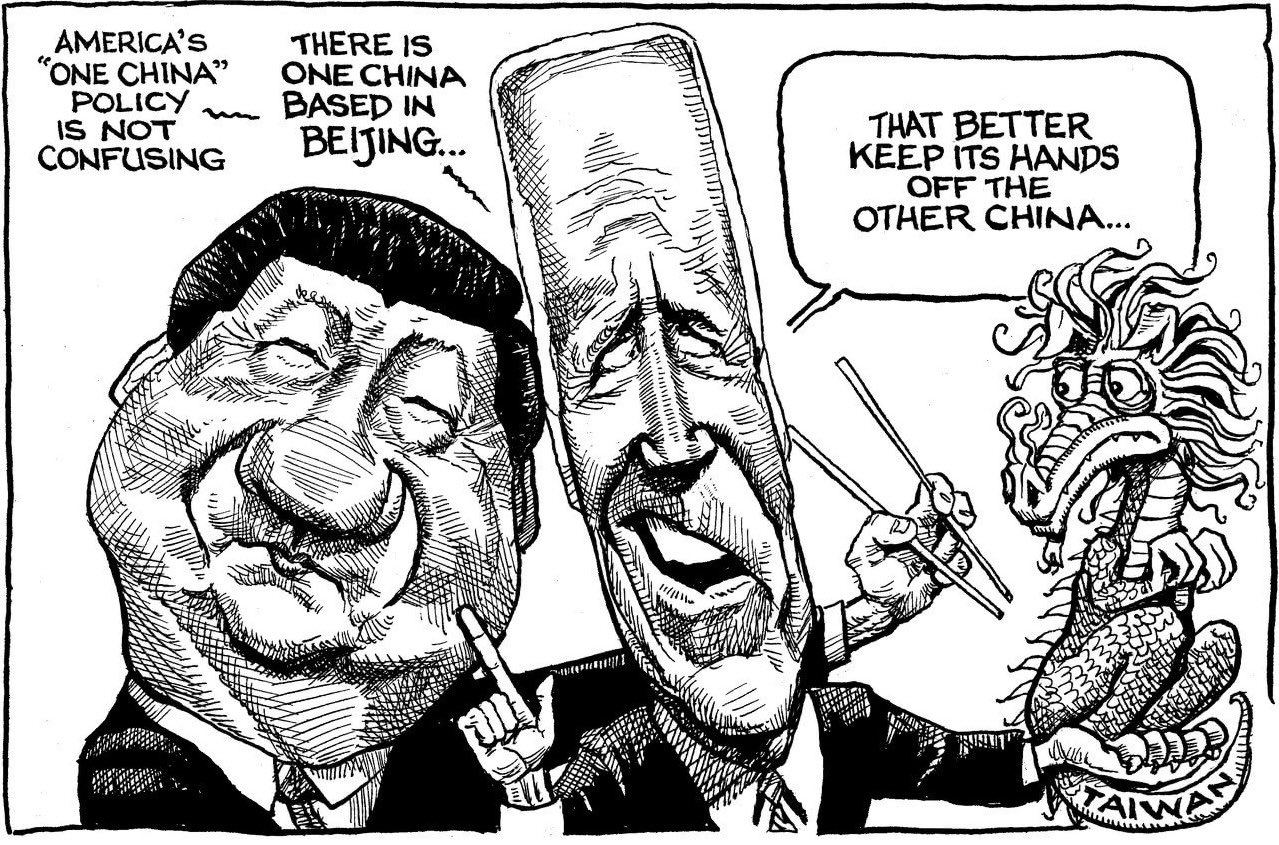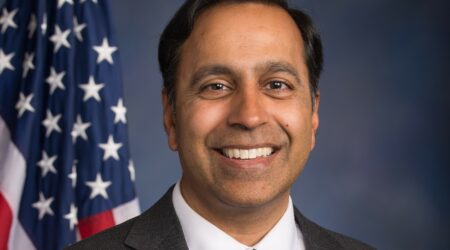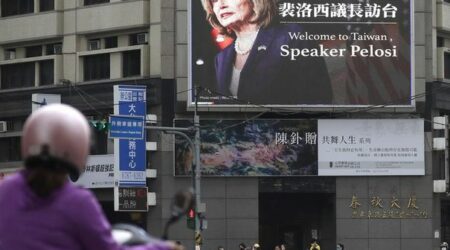By Maj. Gen. Sudhakar Jee
“Xin Shidai,” the banners in Beijing proclaimed a “New era” as the Chinese Communist Party (CCP) met for its 20th Congress last month. The most important agenda of the meeting was an unprecedented third term for President Xi Jinping, as he was again elected General Secretary of the party. But Xi’s era had begun in 2012 when he became the surprise choice of the party for the top post amidst a scandal involving his rival Bo Xilai and his wife.
CCP’s sense of existential crisis during the transition in 2012 played to Xi’s advantage, which was given the mandate by the party’s elders to keep the ship afloat.
Xi bought the People’s Liberation Army (PLA) under the direct control of the Central Military Commission (CMC). Seven military commands were consolidated into five theater commands with a focus on the synergy between the various branches of the force.
Strategic Highlights of Xi’s Address
President Xi delivered a wide-ranging work report laying out the CCP’s agenda for China over the next five years.
Foreign Policy
Xi declared that China would be “standing tall and firm in the East” at the last congress in 2027, departing from former leader Deng Xiaoping’s “hide and bide” strategy. That shift along with Beijing’s moves to crush dissent in Hong Kong and Xinjiang, lack of transparency on Coronavirus origins, partnership with Russia, and more aggressive posture towards Taiwan and the South China Sea, has put China on a collision course with the West.
United States: Trading partner and a foe
Chinese policy considers only the United States as the ‘equal one’ while looking down on everyone else in the world. China’s strategic objective to build a Sino-centric global order and its willingness to use every instrument of statecraft from military assets to geo-economic intimidation as well as explicit economic rewards to pursue the objective of domination is likely to intensify as China’s instruments become more capable of projecting power. Asserting in the speech Xi said, “China would be a major global power by the middle of the century.”
Xi declared that China offers a “new choice for humanity,” based on “scientific socialism,” and “Chinese wisdom”. He reiterated the goals set out at the two earlier congresses in 2012 and 2017 defiantly, which included not only the “rejuvenation of the Chinese nation,” implying the ‘recovery’ of territories claimed by China but also surpassing the US as the world’s pre-eminent power.
Nuclear Expansion
Xi’s use of the phrase “powerful strong strategic deterrent capabilities system,” which was missing from his previous speeches and work reports, was one of the most noticeable parts of his speech at the 20th Congress. The same stood out distinctly against the traditional policy of a “lean and effective nuclear force,” which was explained in a defense white paper in 2006, and modified in 2021 to “an advanced/high-level strategic deterrent system”.
The ongoing nuclear expansion in the past two years, where China has built at least new 250 missile silos in three missile silo fields in Yumen, Gansu province, near Hami in Xinjiang province and Haggin Banner, Ordos City, Inner Mongolia only support the policy change in the matter.
An informed assessment suggests that China is perhaps striving to achieve a launch-on-warning (LOW) nuclear posture, meaning to launch at an adversary upon detecting an incoming missile. The change in policy and building of new silos suggest that China is increasing its nuclear warhead stockpile which may double from the current figure of 350 to 700 in the next five to 10 years.
Army Modernization
Xi has vowed to modernize the once infantry-dominated military by 2027 meaning that the PLA would be strengthened by accelerating the integrated development of mechanization, information, and Artificial Intelligence (AI). To achieve that goal, the People’s Liberation Army has undergone tremendous organizational changes and hardware upgrades. The ground force has been trimmed, while other services including the navy and rocket force have gained prominence.
Information warfare has added three new domains — cyber, electromagnetic, and space — to the traditional – land, air, and sea, domains. The focus is on information domination — rendering the adversaries’ command and control and weapon systems — which depend on cyber, electromagnetic, and satellite data/communications in all domains — ineffective by systems destruction, leaving its own military free to use the same with impunity.
AI warfare focuses on full-spectrum exploitation of AI in all facets of military activity, including intelligent weapons/platforms, bots and autonomous weapon systems, and robotic soldiers with technical support from intelligent networks, cloud, big data, and the Internet of Military Things. The word ‘intelligent’ here implies that the military machines will have a mind of their own in the application.
Strategic Forces
In the past 10 years, China has created three new services — PLA Ground Force, PLA Rocket Force, and PLA Strategic Support Force. Xi indicated in his speech that the PLA Strategic Support Force and the PLA Rocket Force would be expanded with enhanced combat capabilities.
The Strategic Support Force encompasses sub-domains of electronic, cyber, and psychological warfare, strategic deception, and communication/electronics aspects of space warfare. PLA’s Rocket Force has the largest inventory of all types of surface-to-surface missiles in the world.
“Winning the Local Wars”
Xi’s speech highlighted a regional focus as it mentions “winning the local wars,” which was missing in the previous work report, which only underscored “fighting and winning wars”. The PLA still primarily focuses on regional contingencies such as Taiwan, the South China Sea, and the border dispute with India.
Striking an uncompromising stance on Taiwan, Xi said, “complete reunification of our country must be realized and it can, without doubt, be realized.” In a veiled threat, he added, “we will never promise to renounce the use of force”.
Xi repeated the slogan from previous congresses that development is the party’s “top priority.”
The Times Ahead
Essentially, the world is looking at a very different China. Xi’s rise contrasts with the slowing Chinese economy, declining population, and rapidly aging society. Xi has tried to bring in a new social contract framed by the rhetoric of rejuvenating the Chinese nation where the party leads the PRC to new heights.
It remains to be seen if China can become an innovation-tech powerhouse and reorient its economy in a closed political system.
The US-China strategic rivalry will continue to build over the years with flashpoints such as Taiwan remaining hot. This also means that there will be no respite in the India-China border standoff with Xi making it clear that there will be no compromise on Beijing-claimed territories.
India can best address the “bristling dragon” with a whole of national approach by ramping up the infrastructure developments, upgrading defense preparedness to counter challenges effectively from a modernized PLA, coordinating with like-minded countries, and boosting the economy.

Maj. Gen. Sudhakar Jee, VSM, is a former colonel of the Mahar Regiment who superannuated in 2020 after more than 37 years of active service. He has commanded troops in varied terrain, climate, and conflict zones. Currently, he is pursuing a doctoral thesis on the India-China border dispute.
Disclaimer: The views expressed are not necessarily those of The South Asian Times










